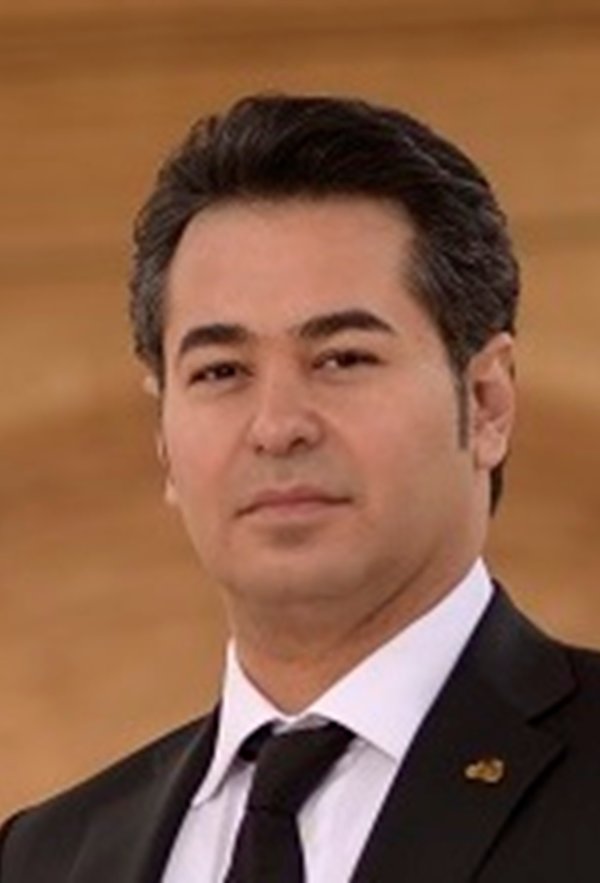Enabling Interoperability of Multi-Vendor HVDC Grids
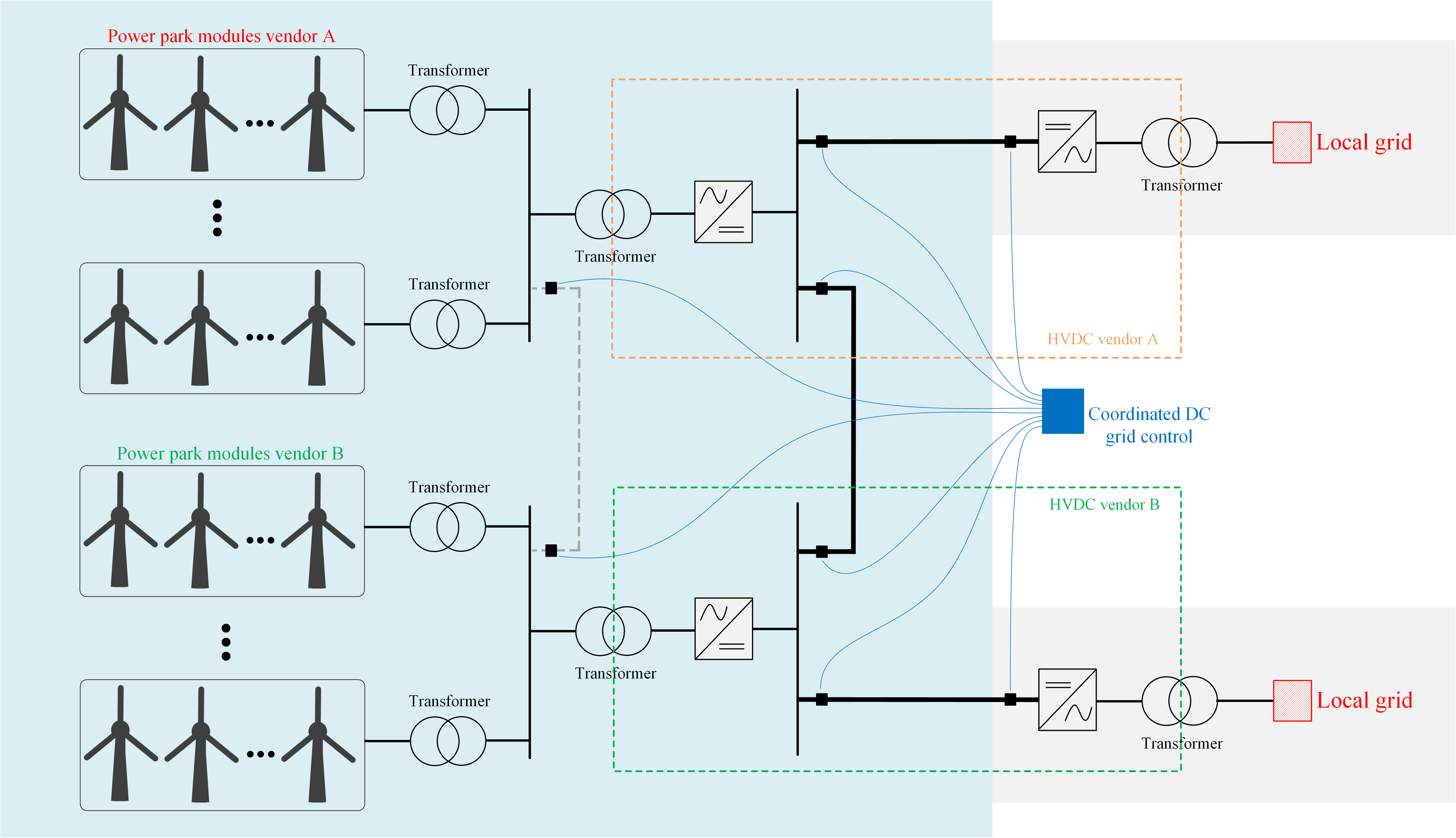
Platform
Acceleration of the deployment of offshore wind power is one of the most important tools to reach Europe’s climate-neutrality by 2050. In order to boost the system stability with highest effieincy in offshore wind investment, interconnection of Member States to meshed offshore grids through cable-connected wind farms is mandatory. These multi-purpose goal is fundamentally implemented through multi-terminal HVDC systems which combine benefits in a cost-effective way as they do not only allow higher renewable energy sources (RES) integration capacity but also increase market coupling. Moreover, multi-terminal multi-vendor HVDC grids enables the transportation of large flows of offshore electricity, not just to the shore, but further in-land, when the existing onshore transmission system needs to be reinforced to cope with new power flows.
Today, HVDC systems of different suppliers are not interoperable: a converter station of vendor A can’t be connected to a converter station of vendor B as they use different proprietary specifications and standards. Consequently, it will be impossible to connect currently planned and built HVDC-connections to a more and more interconnected and meshed offshore grid. The most futuristic approach is to develop a joint standard in Europe which ensures multi-vendore interoperability of converter stations and grid components so that grid planners and investors can freely choose from the best components and converter stations of the different suppliers.
To enable large-scale exploitation of offshore wind energy, there is a need to unlock the interoperability of multi-vendor, multi-terminal and multi-purpose HVDC systems with grid forming control capability. Interoperability is the capability of HVDC converter stations, HVDC and switching stations, power park modules (PPM) and other subsystems to operate in tandem, allowing the transmission of electricity at the required power quality and supply reliability. Therefore, the main objective of the InterOPERA project is to propose a comprehensive and coordinated approach between a diverse high-level group of industries at the forefront of RES development and grid management to achieve multi-terminal, multi-vendor, multi-purpose HVDC systems.
Research
So far, HVDC systems have been limited to point-to-point and single purpose links, serving either as transmission link between one PPM and onshore grid or as interconnector between two AC areas. With the increase of offshore wind energy generation, the extension of such point-to-point links is not a viable solution in long term due to ineffective grid design and high societal costs. Instead, the use of multi-terminal systems has the potential to interconnect more PPMs in a more optimised way, reducing the total cost and space requirements, increasing country interconnection and enabling the uptake of innovative offshore technologies. A multi-terminal HVDC grid is unlikely to be built from scratch due to the high complexity and cost. Moreover, each individual supplier has its own proprietary design. Being dependent on one single technology provider for such large-scale projects is accordingly unacceptable, which means that going through a competitive tender process is mandatory. This will only be possible if interoperable multi-vendor systems are feasible and readily available.
Enabling the development of multi-vendor multi-terminal HVDC systems is the ultimate goal of the InterOPERA project. In this regard, multi-vendor multi-terminal HVDC technology with grid forming capability will be de-risked to pave the way to the first real-life projects in Europe and enable the development of the European HVDC grid for offshore wind energy integration. This goal will be achieved by developing:
- functional, technical integration and validation and multi-vendor cooperation frameworks in view of achieving modular and interoperable control and protection systems.
- a real time physical demonstrator of a multi-vendor multi-terminal HVDC with grid forming capability.
- a new way of framing the European grid architecture and topology through guidance for coordinated power system planning.
- way-opening solutions for procurement of multi-vendor HVDC project and new pathways to offshore energy and grid development.
After defining the minimum requirements for the standardized interaction studies via standardized interfaces, a demonstrator is developed based on the models provided by different vendors. Then, offline and real-time simulations are conduected to investigate in-depth the possible interactions of grid components employed by various vendors. Consequently, minimum requirements for the control and protection cubicles of different vendors are defined, taking several ancillary services into account. The final results provide a stepwise verification process for any new vendor to test their own control and protection hardware and software with the multi-vendor grid. Moreover, the outcomes provide a harmonised recommendations for European connection network codes to ensure solid and proven DC grid connection requirements.
Partners
InterOPERA is funded by the HORIZON Europe, HORIZON-CL5-2022-D3-01-09. This project benefits from the support of different academic and industrial partners as follows:
Transmission system operators (TSO): TenneT NL, Tennet DE, RTE, Amprion, Energinet, 50Hertz, Terna, Statnett
HVDC vendors: Siemens energy, Hitachi Energy
DC circuit breaker manufacturers: SCiBreak
Wind turbine manufacturers: GE, Ørsted, Vestas, Siemens Gamaesa, Equinor as industrial partners.
instiuties/associations: SuperGrid, T&D Europe, WindEurope, Vattenfall
TU Delft and University of Grogingen (RUG) contribute as the academic partners to this project.
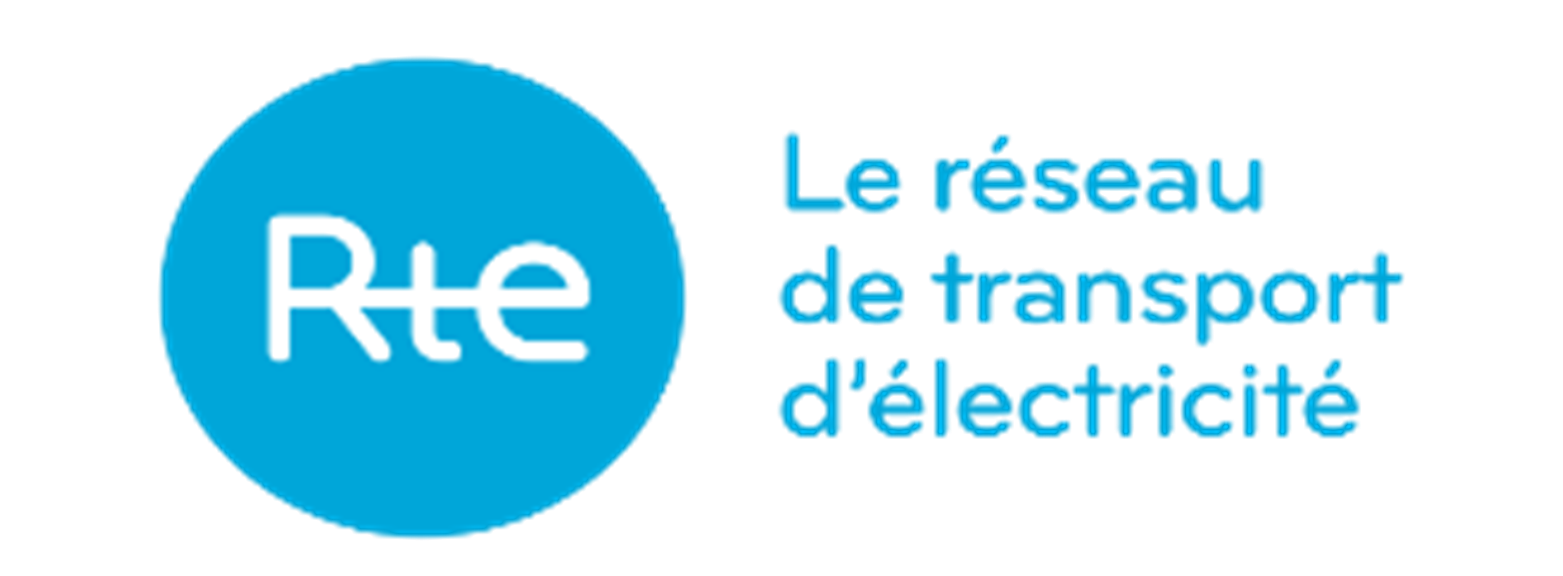


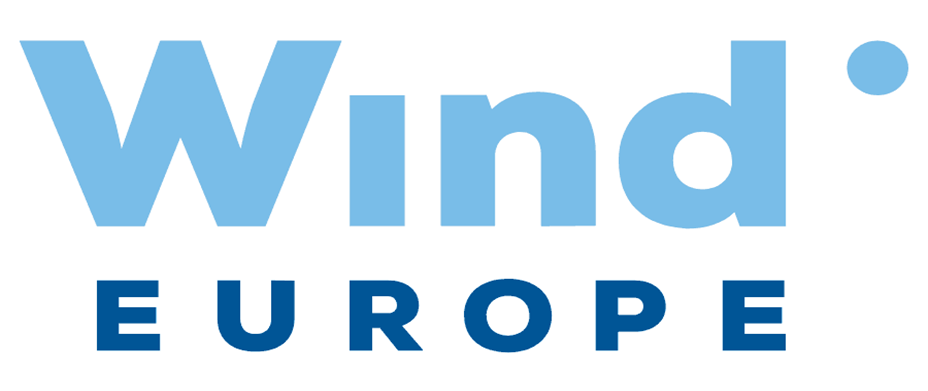






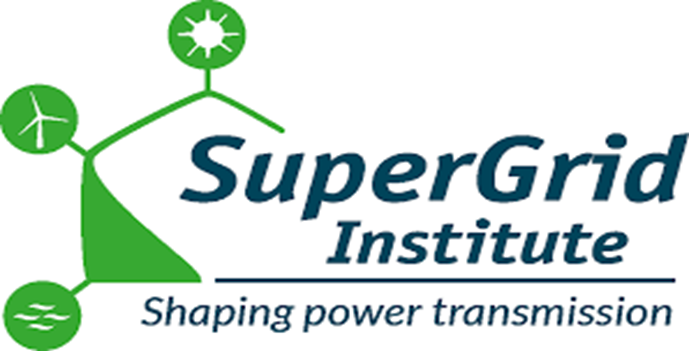



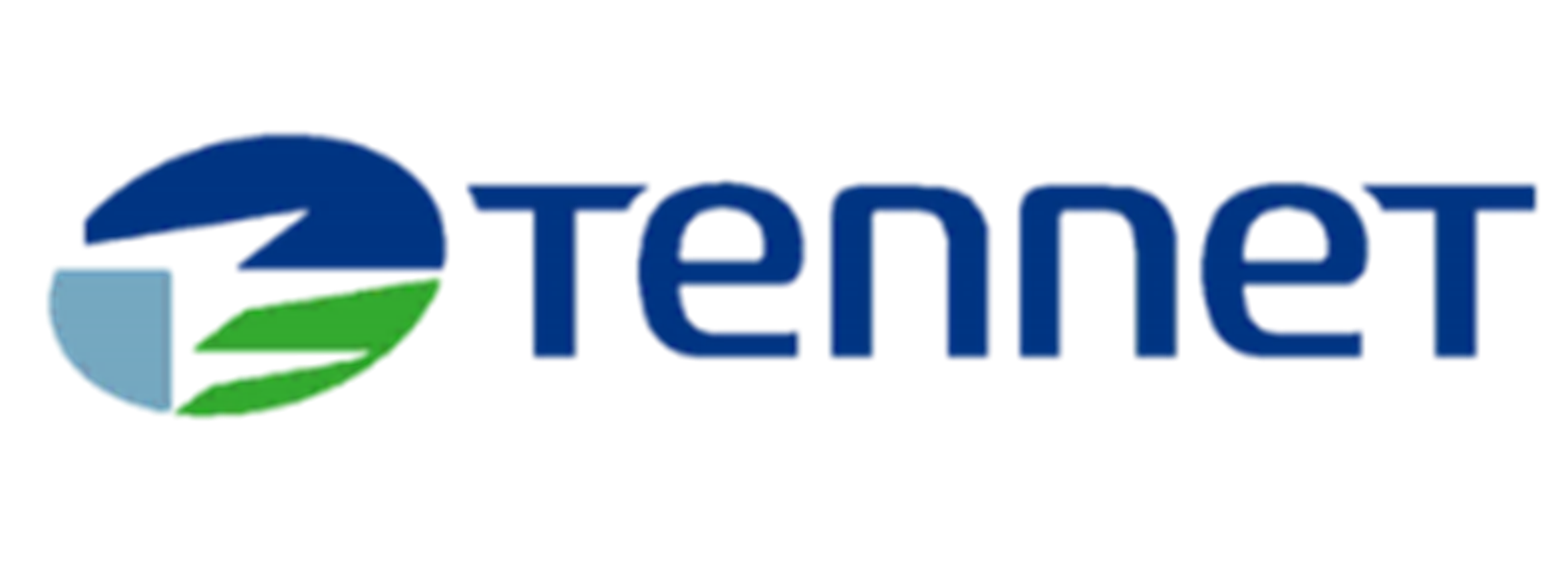



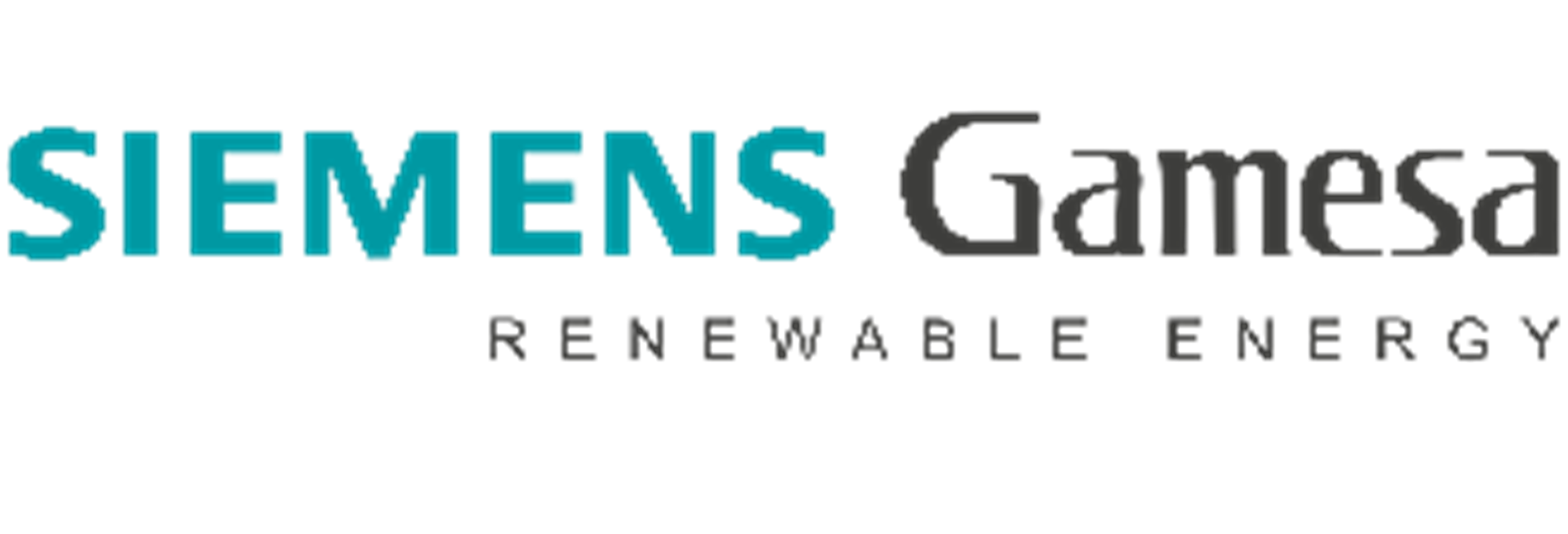


For further information, please contact:
Research Team
Description of the research work:
Farzad Dehghan Marvasti and Reza Bakhshi-Jafarabadi: Offline and real-time SIL and HIL interaction studies of the demonstrator with multiple HVDC vendors in PSCAD/EMTDC and RSCAD/RTDS, and assessment of the main results of the interaction studies to construct the future multi-vendor HVDC grid projects.
